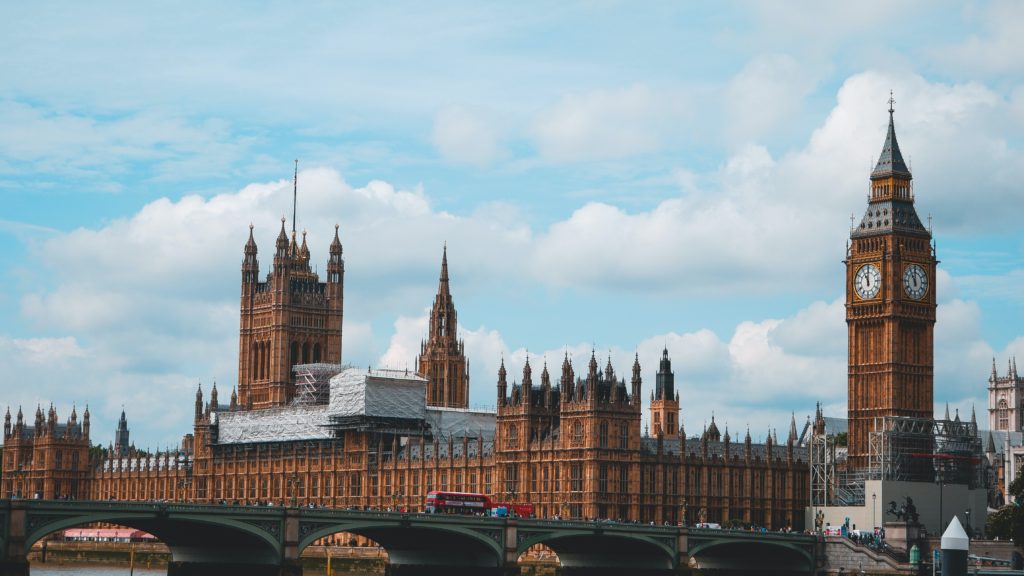London is a place where you can eat fish and chips, take a photo by a red telephone box and jump on the back of a bus. London buses! Aaah. The iconic red double decker, which you can jump on and off wherever you like, with a friendly conductor, who will assist you with anything, is known worldwide. Hmmm. Perhaps the reality is a litttttttle bit different these days.
Relative clauses For a start, the famous design of the Routemaster bus is hardly ever seen on London streets nowadays, after being withdrawn from service in 2005. There are only two routes, No#9 and No#15, where you can still see the famous buses. These ‘Heritage’ routes, which are heavily used by tourists, only run at certain times of day. They are there to keep London visitors happy and give people from around the world a chance to take the must-have photo. Why were the buses taken out of service? Well, after a new law in 2000, all new buses had to comply with the Disability Discrimination Act, meaning that people in wheelchairs had to be able to get on and off a bus with the use of a ramp. The incumbent mayor, Boris Johnson, whose victory in the 2008 London Mayoral Election owed something to a promise to bring back the much-loved bus, authorised the return of a re-imagined, state-of-the-art routemaster that you might see a prototype of on London streets in 2011. With the hope of a new and improved Routemaster on the horizon, maybe it’s time to think about a better attitude from London bus drivers and passengers. Will the new bus herald a return to a bygone age of friendly, hassle-free public transport? This is possibly the most awesome bit of film that you will ever see in your life. In my experience, a lot of people in other countries think that the English are still like this today: everybody being polite, punctual timekeeping and friendly strangers standing in line. Incredible!
LINES FROM VIDEO
“Visitors from overseas are always impressed by the efficiency and comfort of the London bus service. Always the same good service and civility of the staff is met by willing and friendly cooperation by the travelling public.” If you have been to SGI in the last 12 months, did you experience the same from Londoners and especially from bus drivers???
RELATIVE PRONOUNS
These include: Who, which, that, where, whose, when, whom
- Who – generally used for people (subject)
- Which – used for things
- That – used for things or people
- Where – used for places
- Whose – used for possession
- When – used for a time
- Whom – also used for people (object), but is becoming much less common, so don’t worry about it!!!
A relative pronoun introduces a relative clause (a part of a sentence that gives more information). There are 2 types of relative clause: defining and non-defining
DEFINING/IDENTIFYING Relative clause
This is used to identify or classify a noun. They tell us which person/thing (or which kind of person/thing) we are talking about. What’s the number of the bus which goes to Oxford Street? People who use London transport regularly normally have an Oystercard. London is a place where you can see Royals getting married! These types of relative clauses follow straight after the noun, without any punctuation or break/pause in speaking
NON-DEFINING/NON-IDENTIFYING Relative clause
These do not identify or classify a noun. They just give us more information about something that we are already talking about/something we have already identified. The bus driver, who helped me with directions, spoke very quickly. The Routemaster bus, which is famous around the world, was withdrawn in 2005. As you can see, these type of clauses are normally separated by commas or a break/pause in speech.


